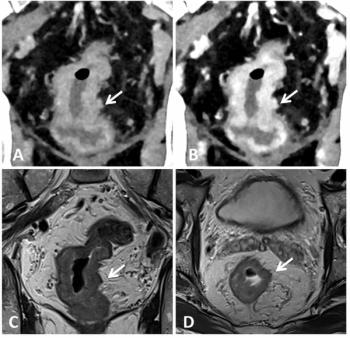
Brain imaging study uncovers neurophysiology of drunken behavior
New brain imaging research shows that social drinkers experience decreased sensitivity in brain regions involved in detecting threats and increased activity in regions involved in reward after consuming alcohol. The first human brain imaging study of alcohol’s effect on the response of neuronal circuits to threatening stimuli appears in the April 30 issue of The Journal of Neuroscience.
New brain imaging research shows that social drinkers experience decreased sensitivity in brain regions involved in detecting threats and increased activity in regions involved in reward after consuming alcohol. The first human brain imaging study of alcohol's effect on the response of neuronal circuits to threatening stimuli appears in the April 30 issue of The Journal of Neuroscience.
"The key finding is that, after alcohol exposure, threat-detecting brain circuits can't tell the difference between a threatening and nonthreatening social stimulus," said Marina Wolf, Ph.D., of Rosalind Franklin University of Medicine and Science, who was unaffiliated with the study. "At one end of the spectrum, less anxiety might enable us to approach a new person at a party. But at the other end, we may fail to avoid an argument or a fight. By showing that alcohol exerts this effect in normal volunteers by acting on specific brain circuits, these study results make it harder for someone to believe that risky decision making after alcohol 'doesn't apply to me'."
Working with a dozen healthy participants who drink socially, research fellow Jodi Gilman, working with senior author Dr. Daniel Hommer at the National Institutes on Alcohol Abuse and Alcoholism, used functional MRI to study activity in emotion-processing brain regions during alcohol exposure. Over two 45-minute periods, participants received either alcohol or a saline solution intravenously and were then shown images of fearful facial expressions. The same group of participants received both alcohol and placebo, on two separate days.
Previous studies have shown that expressions of fear signal a threatening situation and activate specific brain regions.
Comparing brain activity, Gilman's team found that when participants received the placebo infusion, fearful facial expressions spurred greater activity than did neutral expressions in the amygdala, insula, and parahippocampal gyrus - brain regions involved in fear and avoidance - as well as in the brain's visual system. These regions, however, showed no increased brain activity when the participants were intoxicated.
In addition, alcohol activated striatal areas of the brain that are important components of the reward system. This finding confirms previous ones and supports the idea that activation of the brain's reward system is a common feature of all drugs open to abuse. Gilman's team found that the level of striatal activation was associated with how intoxicated the participants reported feeling. These striatal responses help account for the stimulating and addictive properties of alcohol.
"I think the authors have set the standard for how studies on acute alcohol consumption should be conducted in the fMRI literature," said Read Montague, Ph.D., of the Baylor College of Medicine, also unaffiliated with the study. "The findings are a stepping-stone to more liberal use of imaging methodologies to advance our understanding of addiction."
Since its development in 1993, fMRI has allowed the noninvasive mapping of function in various regions of the human brain. This technological advance is an important source of information for neuroscientists in a range of fields.
For more information from the Diagnostic Imaging archives:
Newsletter
Stay at the forefront of radiology with the Diagnostic Imaging newsletter, delivering the latest news, clinical insights, and imaging advancements for today’s radiologists.



























